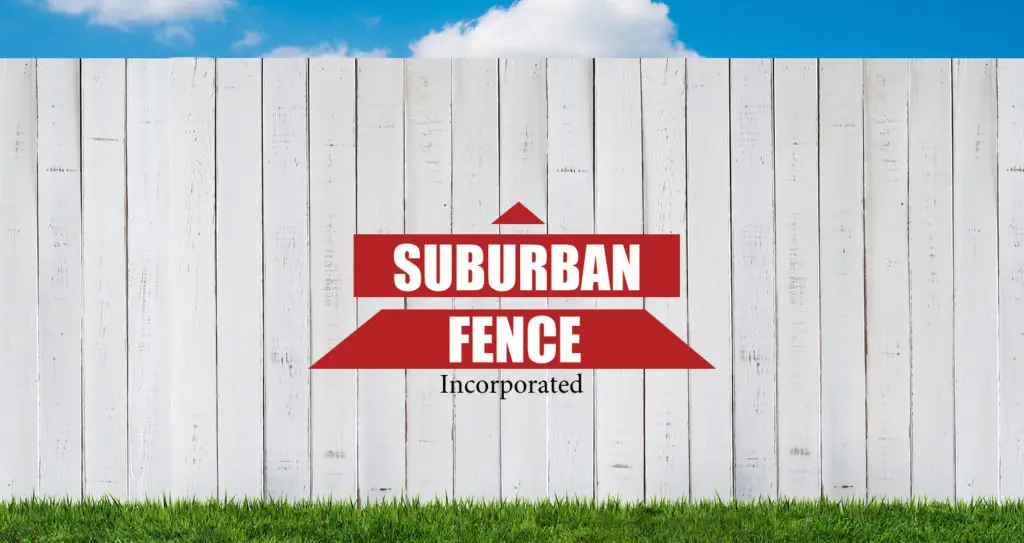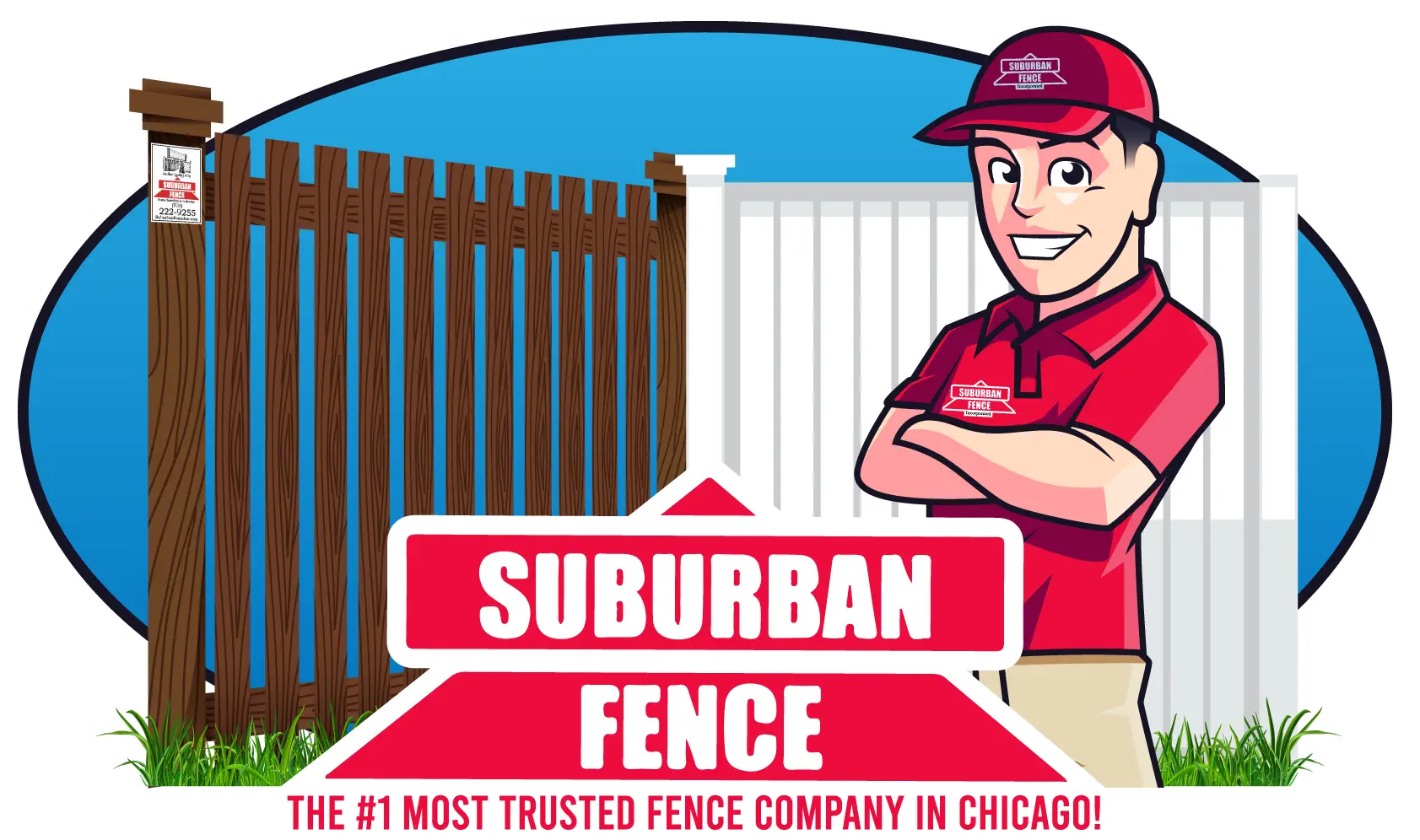Fence (faqs) Frequently Asked Questions

Western Red Cedar
Is one of North America’s great renewable resources. Slow growing and naturally durable, Western Red Cedar has one of the longest life spans of any North American softwood. It produces long lengths of timber with true, straight grain. It is free from pitch and its heartwood has natural decay resistance.
Its low density gives it an insulation value superior to most other species. Lightweight, easy to work, easy to finish, possessing excellent dimensional stability, Western Red Cedar is a preferred wood for nearly all purposes where attractive appearance or resistance to weather is important.
Decay Resistance
One of Western Red Cedar’s most valuable characteristics is its well-known high resistance to decay. It is one of the most durable coniferous species and can be counted on to give long and reliable service under most conditions.
Cedar’s decay resistance comes from the presence of naturally occurring fungicidal compounds in the wood called thujaplicins. Another extractive present in the wood, thujic acid, helps make the wood resistant to insect attack.
Properly finished and maintained, cedar will deliver years of reliable service. If exposed for prolonged periods to conditions where decay could be a factor, such as where the wood is in contact with the ground, cedar should be treated with suitable wood preservatives
Residential Galvanized Chain-Link Fence
- Ties used to attach the chain-link fabric to the framework between terminal posts are made from aluminum, resulting in maintenance-free security.
- Some fittings such as caps, rail ends, and eye tops are made from rugged die-cast aluminum making the fence very affordable.
- Due to the fence make-up, residential chain-link systems preserve views and provide tranquility to almost any property.
- Residential chain-link fence systems are commonly used because they’re durable and easy to install.
Master Halco PostMaster Wood Fence Post
Wood posts rot over time and can warp or twist due to rain, wind, or extreme temperatures. The integrity and appearance of a wood fence are lost after the wood posts begin to rot from exposure or termite infestation. This deterioration weakens the post, sometimes to the point where it can no longer hold the fence up. PostMaster gives an ordinary wood fence the Strength of Steel.
Steel posts are available in a wide range of weights (gauges) and strengths. PostMaster posts are designed to withstand a 70-mph wind load (6′ Privacy fence with posts spaced every 8′) determined in accordance with the requirements of the 1994 Uniform Building Code for exposure “B”. This is the requirement for building departments in many cities. Be sure to check your local requirements and space your posts accordingly.
Call us at (708) 933-5925
